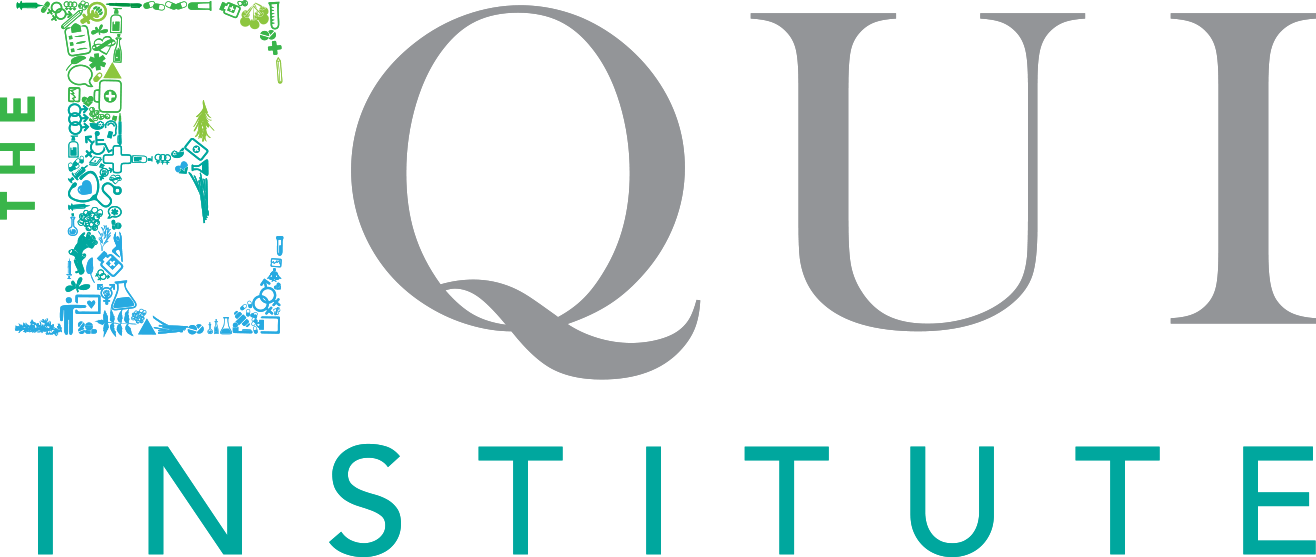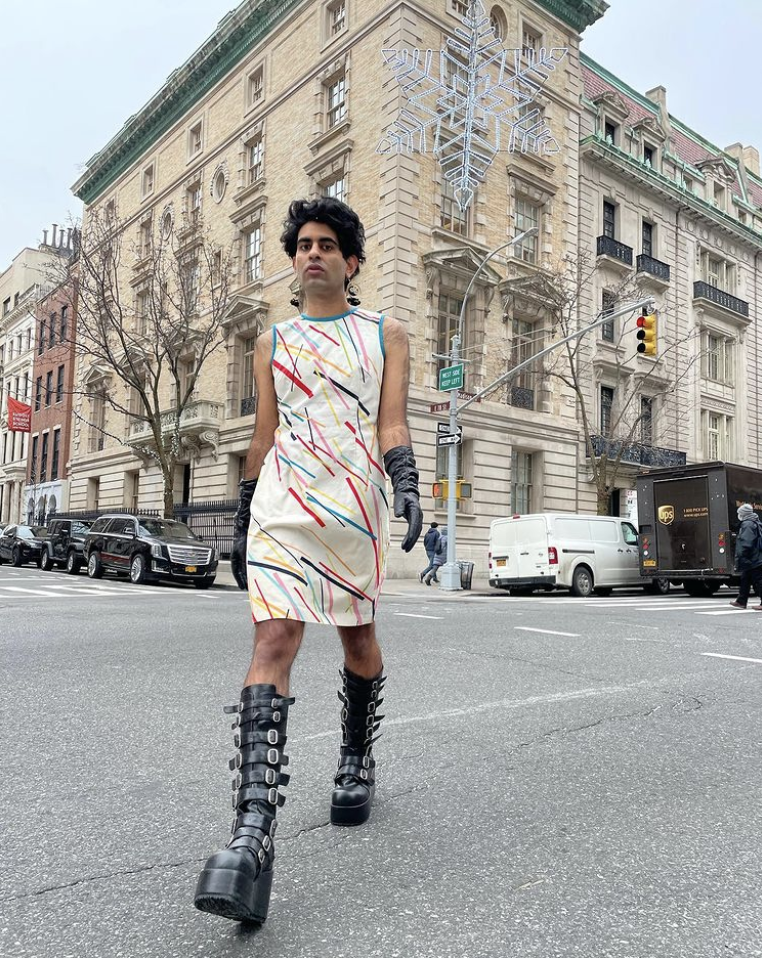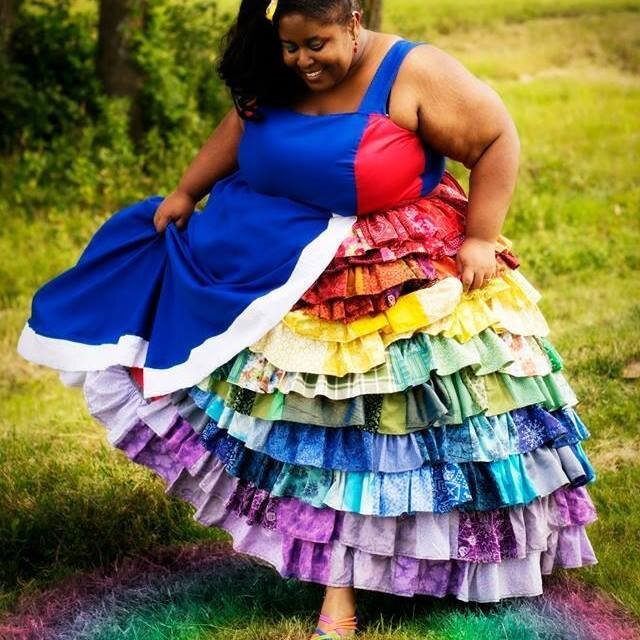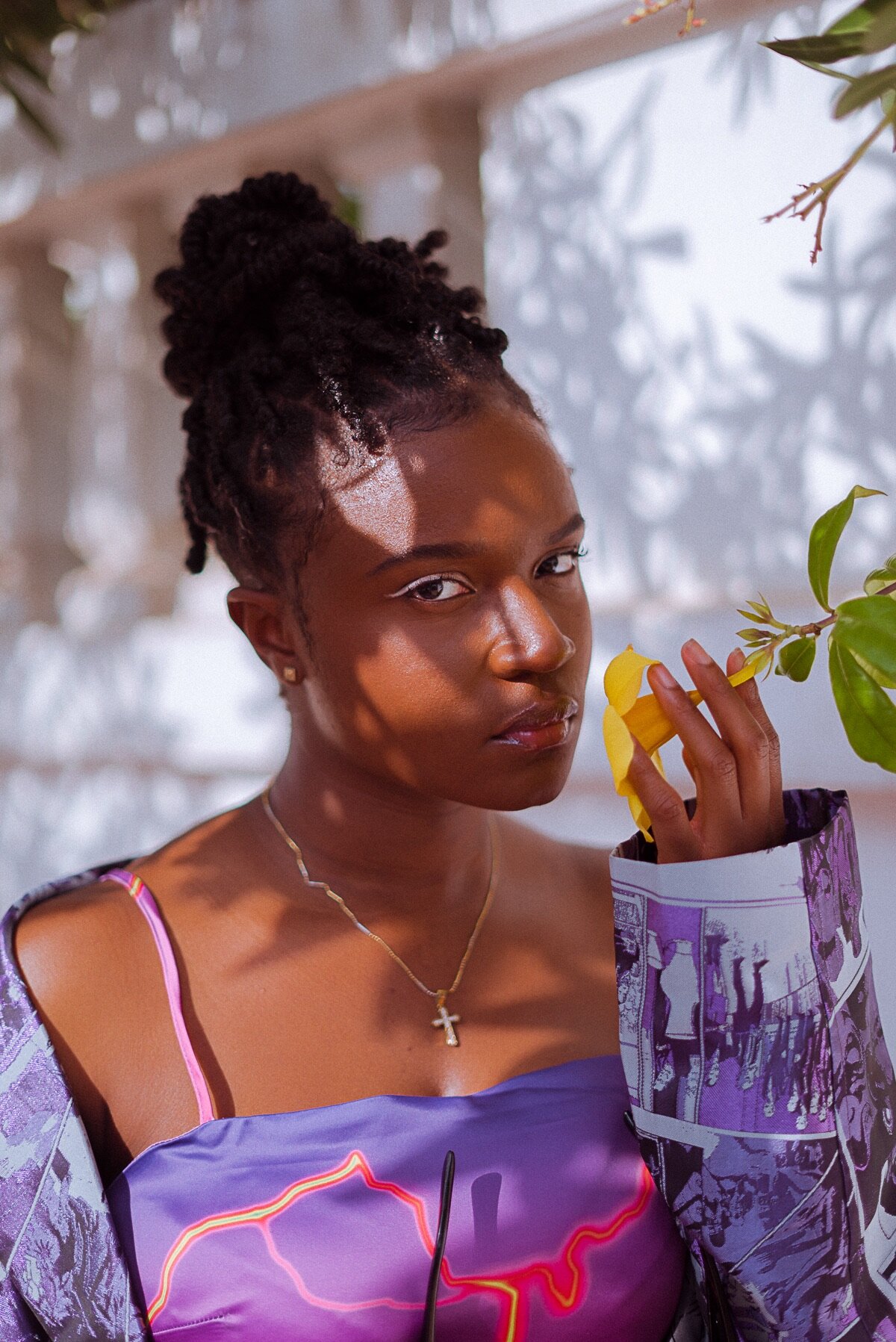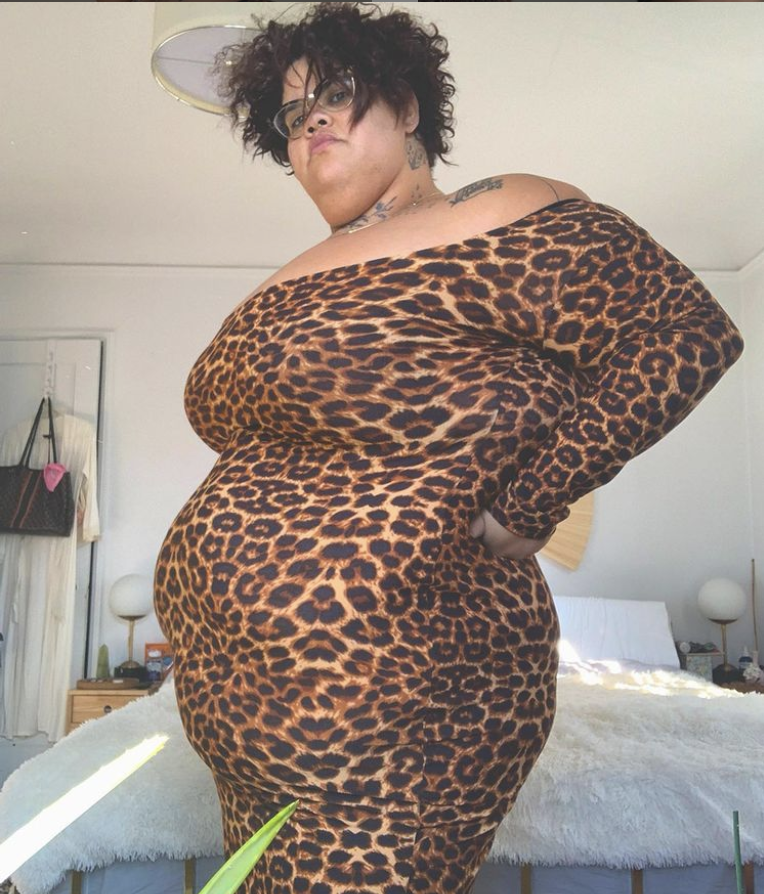Understanding Erasure and Expanding Authentic Representation
CW // discussion of colonialism, anti-Blackness, erasure
As bell hooks puts it in the introduction to Black Looks: Race and Representation, “control over images is central to the maintenance of any system of racial domination [and] . . . we are most likely to see images of Black people that reinforce and reinscribe white supremacy”. In this blog post, you will find some reflections on media representation and erasure of Black, Indigenous, and non-Black POC, as well as a list of creative and brilliant folks you should follow.
Image description- bell hooks, a Black woman, sits cross-legged on a dark grey couch. She is wearing a yellow button down blouse and earrings in the shape of a magen david. She has ear/shoulder length braids. With her left hand, she cradles her chin, and with her right hand she holds her foot. She has a neutral expression, and appears to be thinking or hopeful.
On the Issue of Erasure
“We know that erasure is one of white supremacy’s favorite tools”- Weeze Doran, Co-Conspired Conversations Podcast. IG post.
Erasure, or a logic of elimination, is a prominent pillar of white supremacy. The “present absence” of Black, Indigenous, and non-Black POC serves the dominant US cultural imagination, strengthening the notion that conquest and oppression are justifiable.
To better understand what I mean by different logics of white supremacy, you can check out some of these works:
Frantz Fanon, The Wretched of the Earth. Here is a pdf of the first section, “On Violence”
Indigenous Politics Audio Podcast: “Settler Colonialism” J Kēhaulani Kauanui
Settler Colonialism and the Elimination of the Native By Patrick Wolfe
Unrelated to the rest of this blog post, but if you already have a solid grasp of these dynamics, I would recommend reading this piece, “Comeback as Re-Settlement: Detroit, Anti-Blackness, and Settler Colonialism” by Jessi Quizar. Quizar explores how these logics shift in different enominic contexts, and explores how gentrification has impacted the racialization of Black people.
Image Description- This image is a collage of two images. On the left, is a black and white portrait of Frantz Fanon, a Black man, with short dark hair. He looks away from the camera. He is wearing a white button up, a striped tie, and a suit jacket. He has a neutral expression. He has a small scar on his cheek near his nose. The image on the right is the cover of The Wretched of the Earth. It is a black background with text in all upper case lettering that reads, “The Wretched of the Earth” in white. Below that there is more text, yellow this time, that reads, “by Frantz Fanon A negro psychoanalysts study of the problems of racism and colonialism in the world today”.
Social Media Changing the Representation Game
Social media allows people direct access and exposure to other people’s lives and lifestyles that aren’t represented in, aka- violently erased from, mainstream media. Self-representation and visibility is hugely important for Black, Indigenous, and non-Black POC. By self-representation, I mean when experience is captured by, for, and with an investment in the individuals, people, or communities represented. It’s about genuine authenticity.
As author S.R. Crawford puts it, when you see someone who looks like you doing something (from the most phenomenal to the most mundane), “your brain finally says, ‘Oh okay, yeah, I think this is us. This could be us’”. Representation like this can foster confidence, motivation, and a sense of belonging.
On the other hand, it’s also hugely important for white folks to see and ideally appreciate some of the experiences and perspectives of Black, Indigenous, and non-Black POC, for cis-het people to see queer and trans people, for able-bodied and neurotypical people to see disabled and nuerodiverse people, for straight sized people to see fat people, etc. This deliberate and intentional act is the first step in understanding and fighting against how white supremacy structures your world views.
**Side note- if you are white and able to do so, you should look into tipping or subscribing to content creators’ patreons that you appreciate and learn from
Cool Content Creators to Follow in 2021!
Image description- There are four images of content creators. On the far left, there is a photo of Alok from their Instagram. They are a mixed Malaysian and Indian non binary person with short ear length black hair. They are wearing a white knee-length dress, the white dress has colorful stripes that almost looks like paint brush strokes. They are wearing high top platform leather boots with many buckles. The next image is of Briana Lawrence from her Facebook page. She is a fat, Black, queer woman cosplayer. She is wearing a royal blue and rainbow colored dress. She is smiling and looking at the ground. The rainbow colored dress has many different layers composed of fabrics with different prints. The next image is from Clash magazine of Amaarae, a Ghanaian-American musician. Her long twists are tied back in a bun. She has white eyeliner on and is wearing a gold cross necklace. She is wearing a purple dress and jacket with purple comic book/graphic novel design. She is holding a yellow flower with her left hand. The last image is of Renée “Nay” Bever from her personal Instagram. She is a Black, queer, and fat abstract artist. In the image, she is wearing a stunning leopard print off the shoulder bodycon dress. She has her hands on her hips and is looking at the camera at three quarters position. She has short dark wispy hair and clear glasses. She has a couple tattoos on her neck and shoulders.
Body Neutrality/Body Positivity Content Creators
Cosplayers - Check out this piece written by Briana Lawrence, “Proudly Black, Fat, Queer and Making a Home for Myself in Cosplay.”
Musicians
Artists
Beauty influencers
Authors, Poets
Check out this list of Black and POC authors with books coming out this year
Akwaeke Emezi IG
Tommy Pico IG
Chen Chen IG
Samantha Irby IG
Sister Souljah IG
Also check out this link to a directory of independent Black bookstores. I also recommend buying books from Blue Stockings NYC, and queer trans and sex worker collectively run bookstore or Haymarket Books, a self described “radical publisher of politics, culture, current events”
Comedians
Community Organizers, Advocates, and Educators
Sex Workers, Dancers
Lastly, check out this QTPOC film directory. The curator, Michael Mungin noted, “It is odd to me that more resources like this do not already exist, but it’s a blessing and an honor to have the opportunity to create the kinds of resources we want to see in the world.” They were inspired by Slate and their outstanding Black Film Canon project of 2016.
To end with another quote from bell hooks’ Black Looks: Race and Representation, it is a “fundamental task . . . [to] struggle to break with the hegemonic modes of seeing, thinking, and being that block our capacity to see ourselves oppositionally, to imagine, describe, and invent ourselves in ways that are liberatory. . . To face these wounds, to heal them, progressive Black people and our allies in struggle must be willing to grant the effort to critically intervene and transform the world of image making authority”
